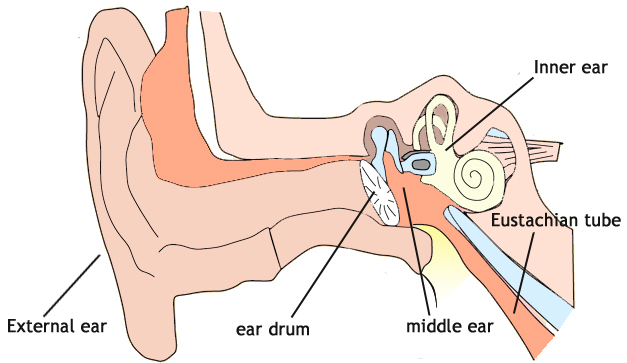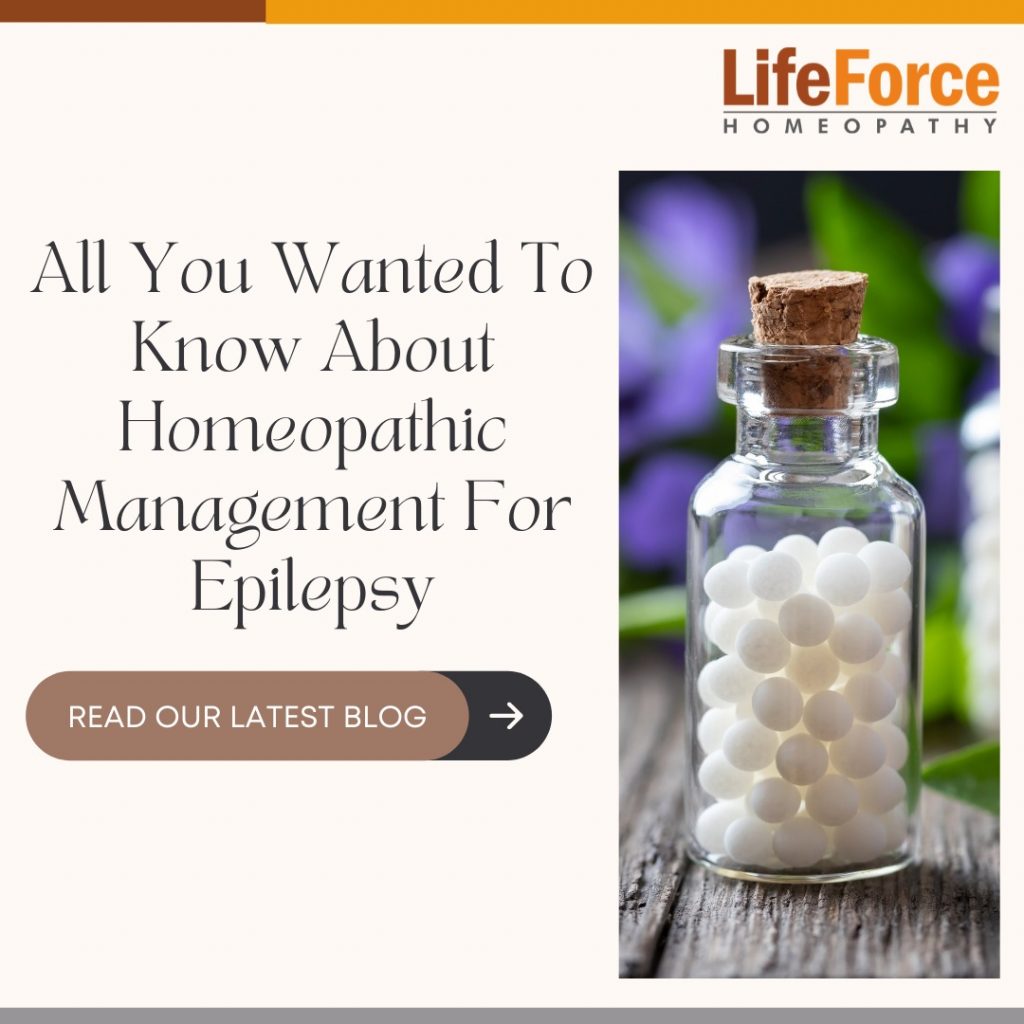 When we talk about ear infections, it means the middle ear infections or the Acute Otitis Media, as called in medical terminology. Usually, children are more prone to this condition than adults.
When we talk about ear infections, it means the middle ear infections or the Acute Otitis Media, as called in medical terminology. Usually, children are more prone to this condition than adults.
Acute Otitis Media means infection or inflammation of the middle ear. Acute Otitis Media can result from infections with bacteria and virus. The pressure changes in the middle ear cavity can also lead to this condition. Ex. Some sports like scuba diving and sudden trauma on the ear.
Causes: Inflammation and infection of Eustachian tubes is responsible for development of ear infection. Blockage of the Eustachian tube causes the accumulation of fluid in the middle ear. The pressure of the fluid on the ear drum gives rise to acute pain in the ear.
What are the Eustachian tubes?
The Eustachian tubes are the narrow tubes in the ear which run from middle ear to the upper end of the throat.
The Eustachian tubes are responsible for regulating the air pressure in the middle ear and drain the normal secretions of middle ear.
Symptoms:
Ear infections are usually seen in children and infants. Sometimes, the children are not old enough to describe the discomfort in the ear.
Children and infants generally indicate following signs when they are suffering from ear infections.
- Incessant crying due to pain in the ear
- Constantly rubbing or pulling the ear
- Fever usually high grade. (more than 101*F)
- Presence of cold and cough
- Inability to sleep because of pain
- Sometimes, discharge from the ear. In chronic cases it may smell fowl.
Adults complain of following symptoms.
- Pain in ear
- Discharge from ear
- Fullness in ears
- Decreased hearing
- Vertigo
- Presence of cold and cough.
Why it is commonly seen in children?
In children the Eustachian tube is very narrow, horizontal and short. So, drainage of the fluid becomes little difficult. This causes accumulation of fluid in the middle ear cavity giving rise to blockage of the Eustachian tube and development of ear infections.
Risk factors in children:
Although, infection of ear is very common in children, not all children suffer frequently from ear infections. Following factors determine the high risk children who can develop ear infection.
- Age of the child: Children between 6 months to 2 years are more prone to ear infections.
- Bottle fed babies: When the babies are lying down with bottle of milk in the mouth, there is a chance of blocking the tube and getting the ear infection. There is also a chance of regurgitation and developing pneumonia. Breast feeding is safer because while breast feeding the head of the baby is at upper level than the rest of his body and the breast milk contains antibodies that may offer protection against many infections.
- Living in a congested place: When many children are kept in a small room as in a day care, the spread of infection is very fast due to close contact.
- Air pollution: Atmospheric air quality plays a significant role in developing cold and ear infections in the children. Exposure to cigarette smoke and various gases causes the frequent episodes of ear infections in children.
Complication:
The child may develop decreased hearing when he is suffering from the acute ear infection. If he is not treated carefully rupture of ear drum takes place. Mastoiditis (infection of ear bone) and Meningitis (infection of brain and spinal cord) may occur in extremely chronic cases.
Treatment:
Conventionally, the infection of the middle ear is treated very well by using antibiotics and cold remedies when the child has cold.
Role of homeopathy
Those children who suffer from recurrent infections in ear, homeopathy is highly suggested. Children with low or weak immunity can frequently get cold, cough and other kind of infections.
Homeopathic medicines correct the deranged immunity in children and make them strong enough to fight the infections. Thereby reduce the chances of frequent upper respiratory tract infections and ear infections in children.





cytotec en pharmacie en ligne : Fiabilité et sécurité misoprostol en ligne sans ordonnance en France
acheter cytotec en Belgique sans problème
Achat de misoprostol en quelques minutes en ligne ou acheter cytotec à Lyon
cytotec à acheter en Espagne Commandez misoprostol en Belgique sans souci en ligne
misoprostol en ligne sans ordonnance en France Trouvez votre dose de cytotec en ligne
misoprostol à acheter en Espagne cytotec en Belgique sans prescription
Achat de misoprostol en ligne en France sans risque
Pharmacie en ligne suisse offrant du cytotec sans prescription Trouvez facilement de la misoprostol authentique en ligne
Meilleurs prix pour le misoprostol en pharmacie Pharmacie en ligne suisse offrant du cytotec sans prescription
Achat de cytotec à prix abordable
misoprostol à prix abordable en Italie misoprostol sans ordonnance prix au Maroc
Achat en ligne de cytotec : ce qu’il faut savoir
vente de cytotec en France cytotec en ligne : conseils pour choisir la bonne dose
cytotec : comment choisir la bonne pharmacie en ligne Garantie de satisfaction pour votre misoprostol
vente de misoprostol à Bruxelles Pharmacie en ligne fiable pour acheter de la misoprostol en France
Achat de misoprostol en ligne rapide et pratique cytotec : mode d’action et spectre d’activité
cytotec livraison rapide Belgique
Acheter misoprostol en toute sécurité Belgique Trouvez misoprostol en ligne en Belgique
Achat en ligne de misoprostol : questions fréquentes misoprostol authentique livrée à votre porte
Acheter misoprostol sans souci
Comparer les marques de misoprostol en ligne ou trouver misoprostol à Tunis
Acheter misoprostol en toute sécurité et confidentialité Achat en ligne de misoprostol
cytotec sans délai d’attente Acheter misoprostol en ligne sans ordonnance
ou acheter du misoprostol sans ordonnance à Paris
misoprostol : comment reconnaître les sites de vente légitimes en ligne
misoprostol en vente libre : ce que vous devez savoir Acheter misoprostol de qualité supérieure en ligne
Acheter de la misoprostol en toute confidentialité
vente de misoprostol à Bruxelles Obtenez votre misoprostol sans attendre
misoprostol livraison rapide Belgique
Acheter misoprostol en ligne de manière sécurisée cytotec prix Suisse
disponibilité de misoprostol au Maroc Informations complètes sur la cytotec en ligne
acheter misoprostol en suisse
achat de cytotec en France
Achetez cytotec sans risque prix cytotec Maroc
Achat en ligne de misoprostol authentique Acheter de la misoprostol à prix abordable